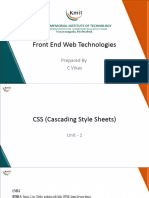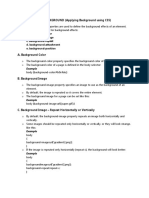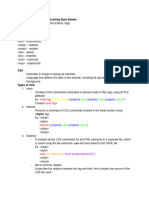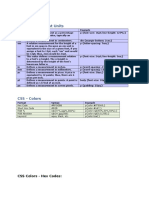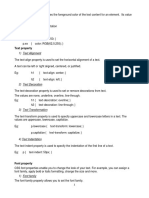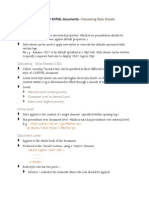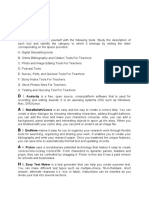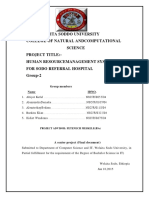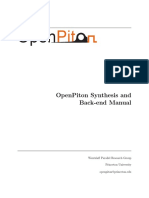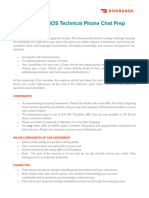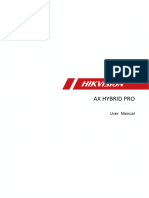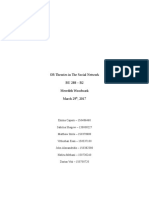0% found this document useful (0 votes)
13 views26 pagesLec 7 CSS2
This document covers CSS text properties, including text alignment, decoration, color, font properties, and background styles. It explains how to group styles, use comments, and define margins, padding, height, and width for elements. Additionally, it discusses the CSS box model, link states, and the difference between class and ID selectors.
Uploaded by
KowCopyright
© © All Rights Reserved
We take content rights seriously. If you suspect this is your content, claim it here.
Available Formats
Download as PDF, TXT or read online on Scribd
0% found this document useful (0 votes)
13 views26 pagesLec 7 CSS2
This document covers CSS text properties, including text alignment, decoration, color, font properties, and background styles. It explains how to group styles, use comments, and define margins, padding, height, and width for elements. Additionally, it discusses the CSS box model, link states, and the difference between class and ID selectors.
Uploaded by
KowCopyright
© © All Rights Reserved
We take content rights seriously. If you suspect this is your content, claim it here.
Available Formats
Download as PDF, TXT or read online on Scribd
/ 26



